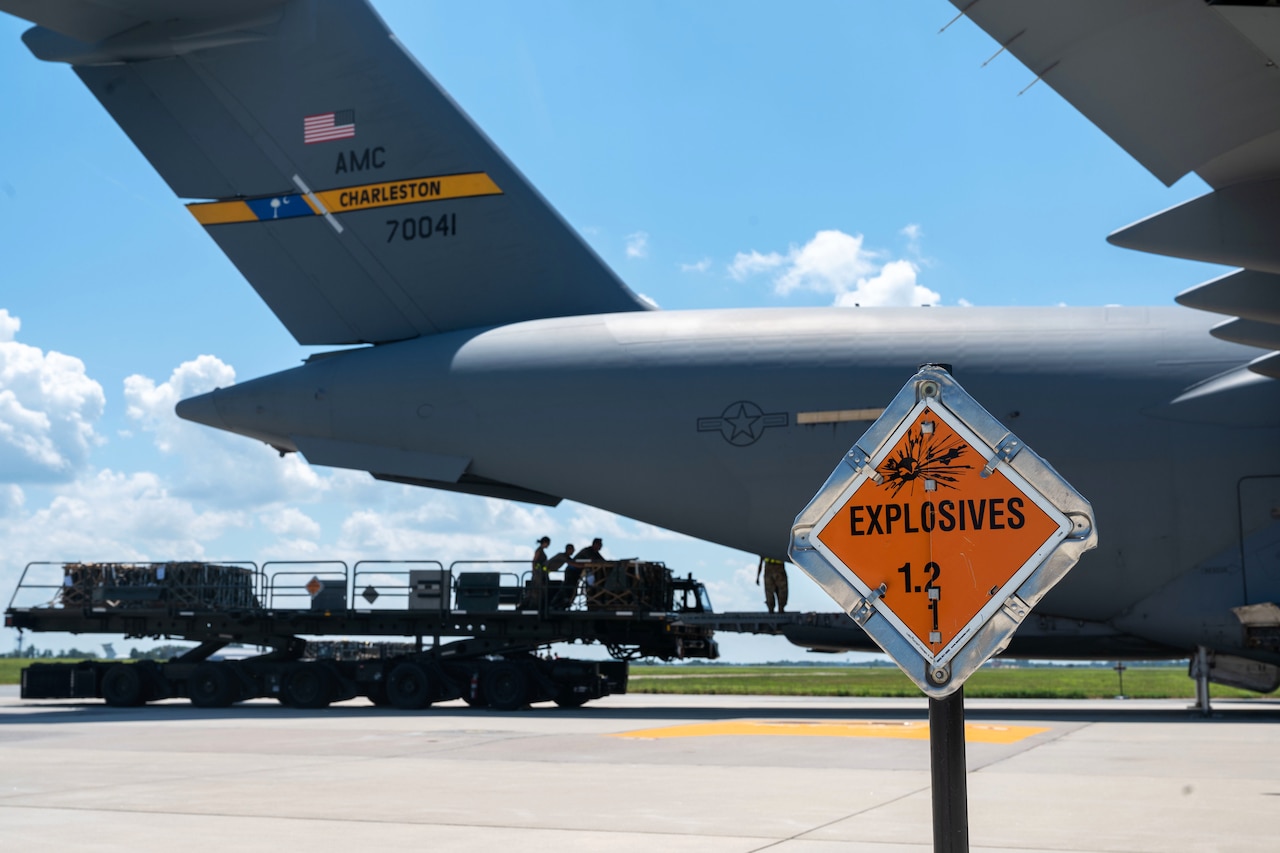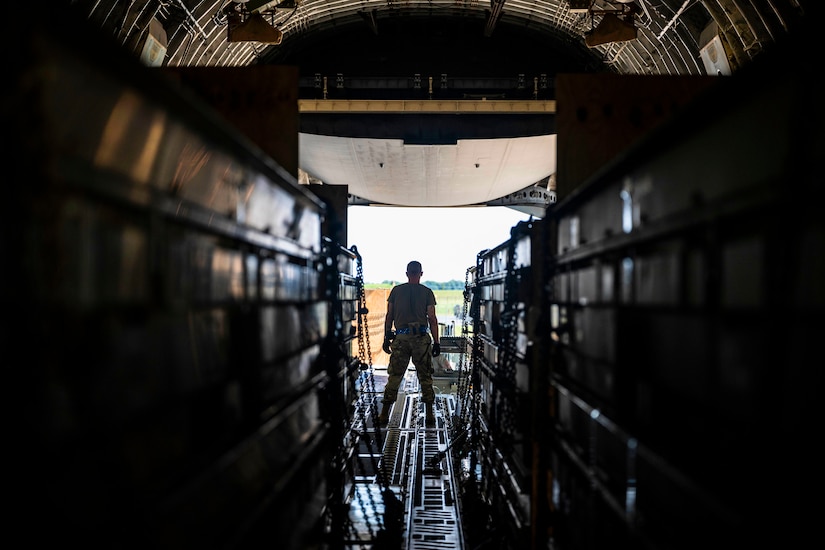Official websites use .gov
Secure .gov websites use HTTPS
The Russian attacks began 233 days ago and have been a strategic quagmire for President Vladimir Putin's forces. The Ukrainians stopped the Russian military's initial attack toward the capital of Kyiv and forced the Russians back. They held their own against Russian attacks on Kharkiv, Ukraine's second largest city, and ultimately pushed the invaders back. The Ukrainians launched an all-out offensive from Kharkiv and expelled the Russians from much of the area that had been occupied. Ukraine's military is also pushing the Russians back in the south and is on the outskirts of Kherson – a strategic node there.
The Russians have launched missile attacks against Ukrainian cities aimed at civilians and infrastructure. A senior defense official said these attacks are against the international laws of war.
"We do assess that the Ukrainians continue to make some advances on the battlefield," the official said. "We also have seen …, particularly since the attack of the Kerch Bridge last week, … the Russians continue to retaliate. The use of precision-guided munitions in a very imprecise way has continued over the course of the week."
The Russians have launched hundreds of rockets at the major Ukrainian cities. Ukrainian forces have had some success at shooting down the missiles, but they need more air defense capabilities.
In the eastern part of Ukraine, there have been seesaw attacks on both sides with the Ukrainians making gains in the north and south and the Russians making small gains in the center. "All of those attacks on both sides are coming with pretty high impact in terms of the employment of artillery and the losses," the official said.
In the Ukrainian city of Kerson, Ukraine's forces are pursuing the Russians along three lines of attack toward the city. The Ukrainians have liberated a number of villages and towns and are approaching the point where they are forcing the Russians to make some decisions in terms of how and what they want to choose to defend, the official said. "It's also placed a good portion of that battle space under range of standard artillery, not [Guided Multiple Launch Rockets Systems]. So, you've seen them employ fewer GMLRS recently, because they can range the Russian targets they want to hit with, with standard artillery."
There are six Russian ships operating in the Black Sea, and they have fired rockets toward Ukraine; all have been intercepted.
Air defense remains a priority for Ukraine. The Russians, even with a huge Air Force, have never been able to achieve air superiority over Ukraine. Ukrainian aircraft and air defense forces have made it too dangerous for Russian aircraft to operate, and this changes the nature of combat in the country, the senior defense official said.
Yet, air defense does not come cheap. For every missile or aircraft knocked down, it's safe to assume that a number of missiles were fired. Keeping these supplies up and increasing the integration of the air defense picture is key for Ukraine. The recent Ukraine Defense Contact Group meeting in Brussels addressed this, and a number of allies and partners – along with the United States – are working to get these capabilities to Kyiv.
Ukraine has been using the Starlink communications system launched by SpaceX, the U.S. space technologies company. SpaceX has been funding the terminals in Ukraine, and the system has become important to the continuation of both civilian and military communications in the embattled country. Company President Elon Musk wrote a letter to the Pentagon officials saying the company cannot continue the expenditure and asking the Pentagon fund the system.
"We certainly recognize the advantages that any satcom [satellite communications] capability has that allows the Ukrainians to use not just on the battlefield, but within the country itself," said Deputy Pentagon Press Secretary Sabrina Singh. "We understand the fragility in those communications, and it's important that not just command and control may remain intact on the battlefield but throughout [the country]. We're assessing our options and trying to do what we can to help keep these, these satcoms remain for the Ukrainian forces."
Choose which Defense.gov products you want delivered to your inbox.
The Department of Defense provides the military forces needed to deter war and ensure our nation's security.



